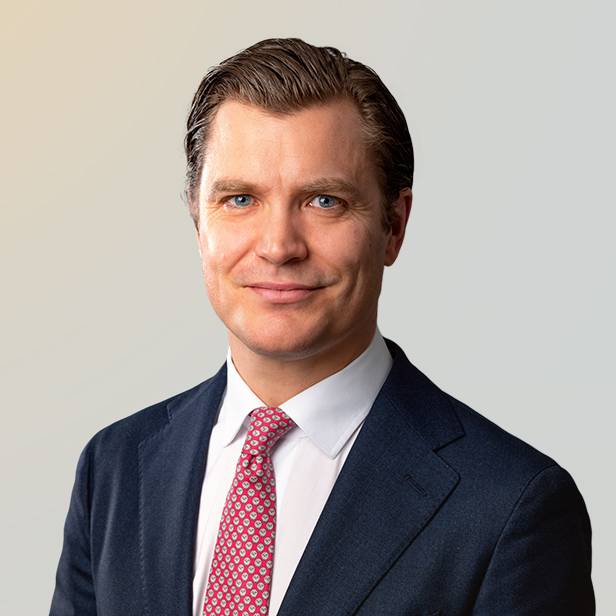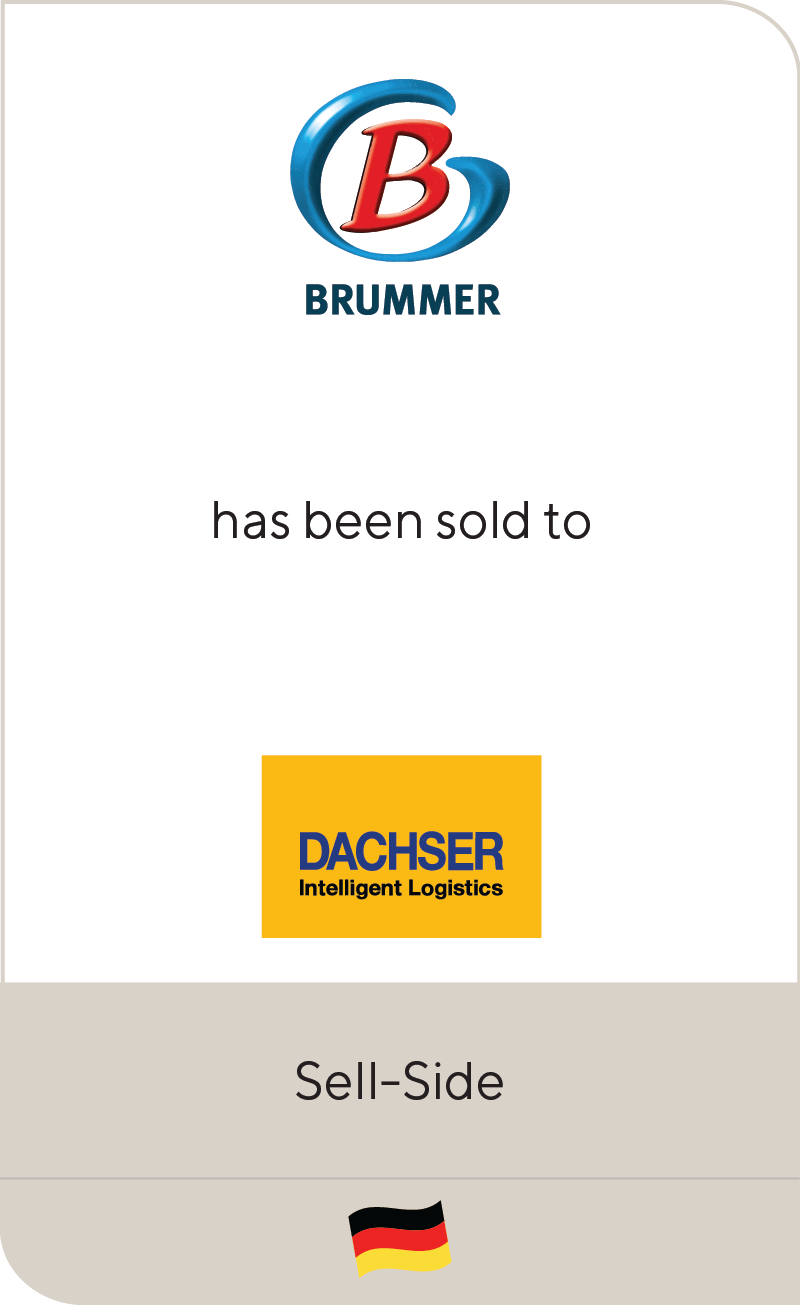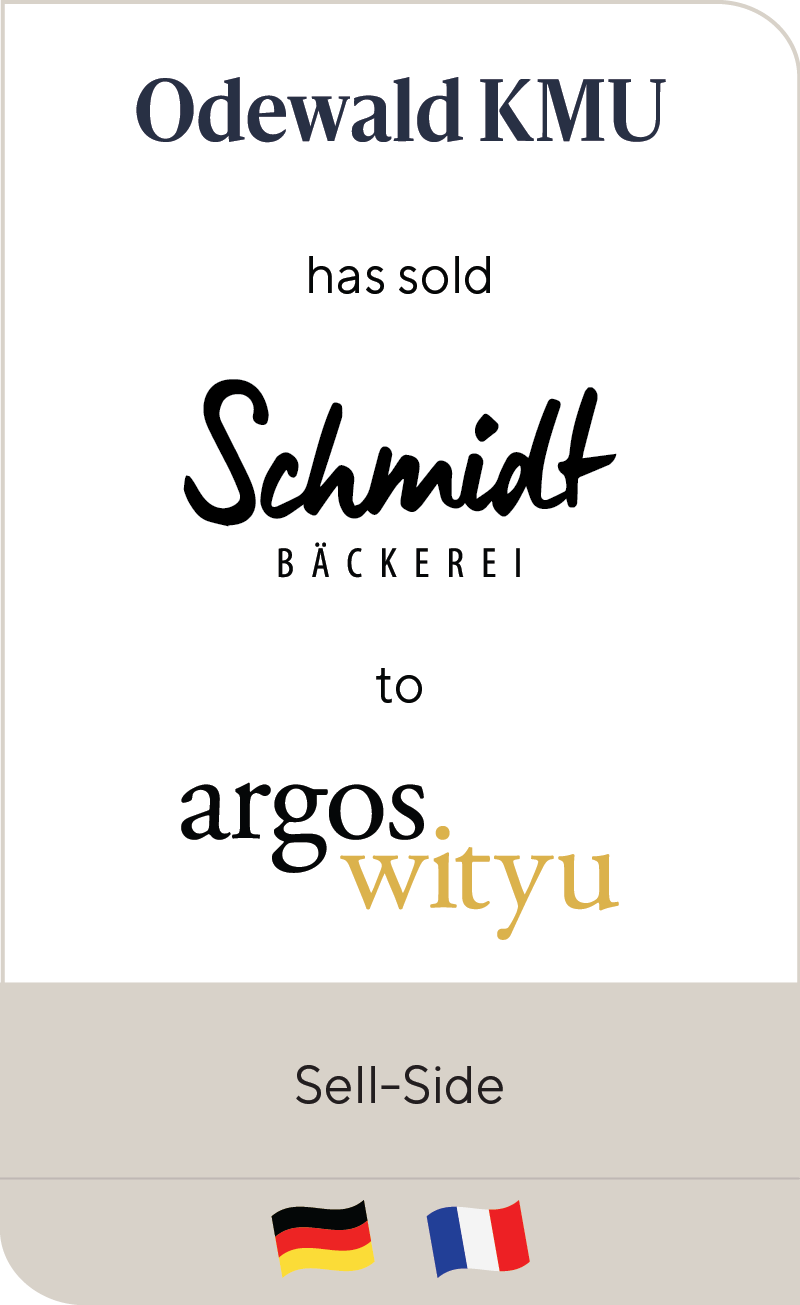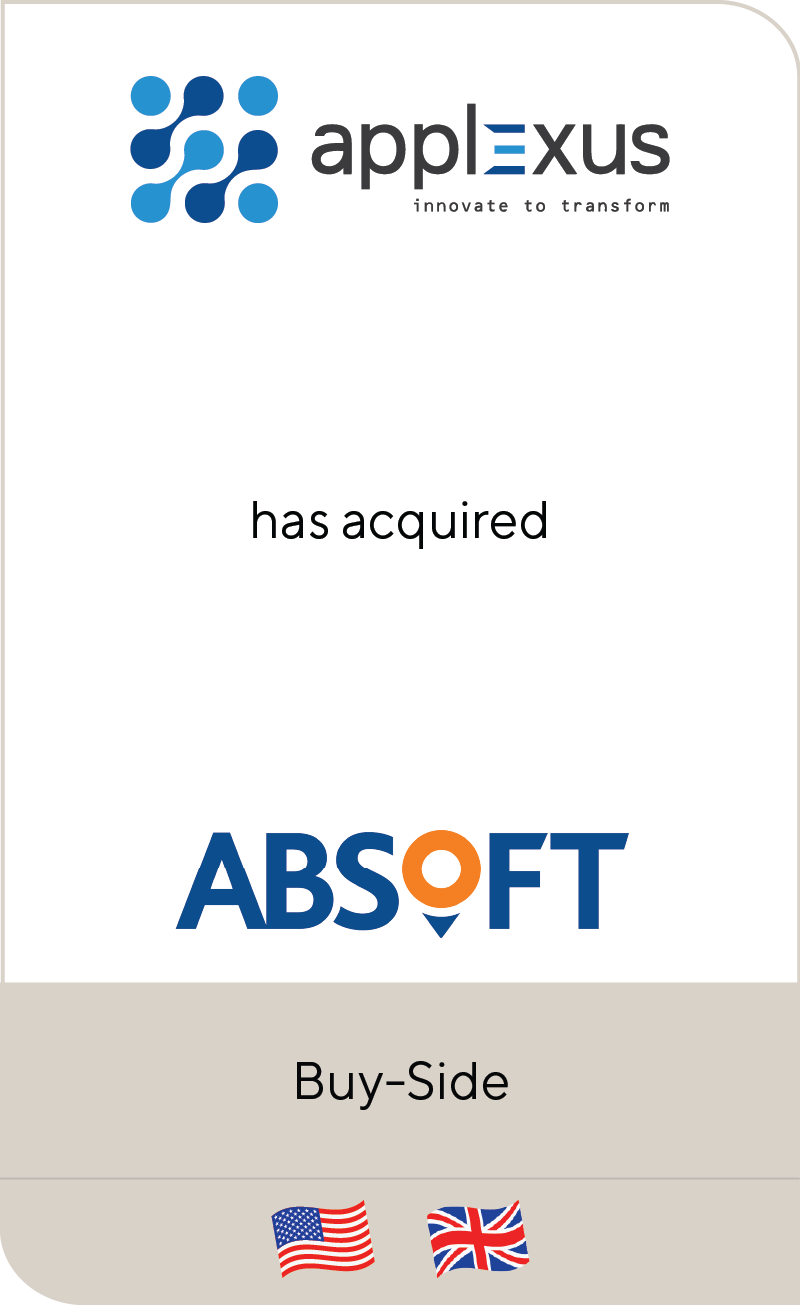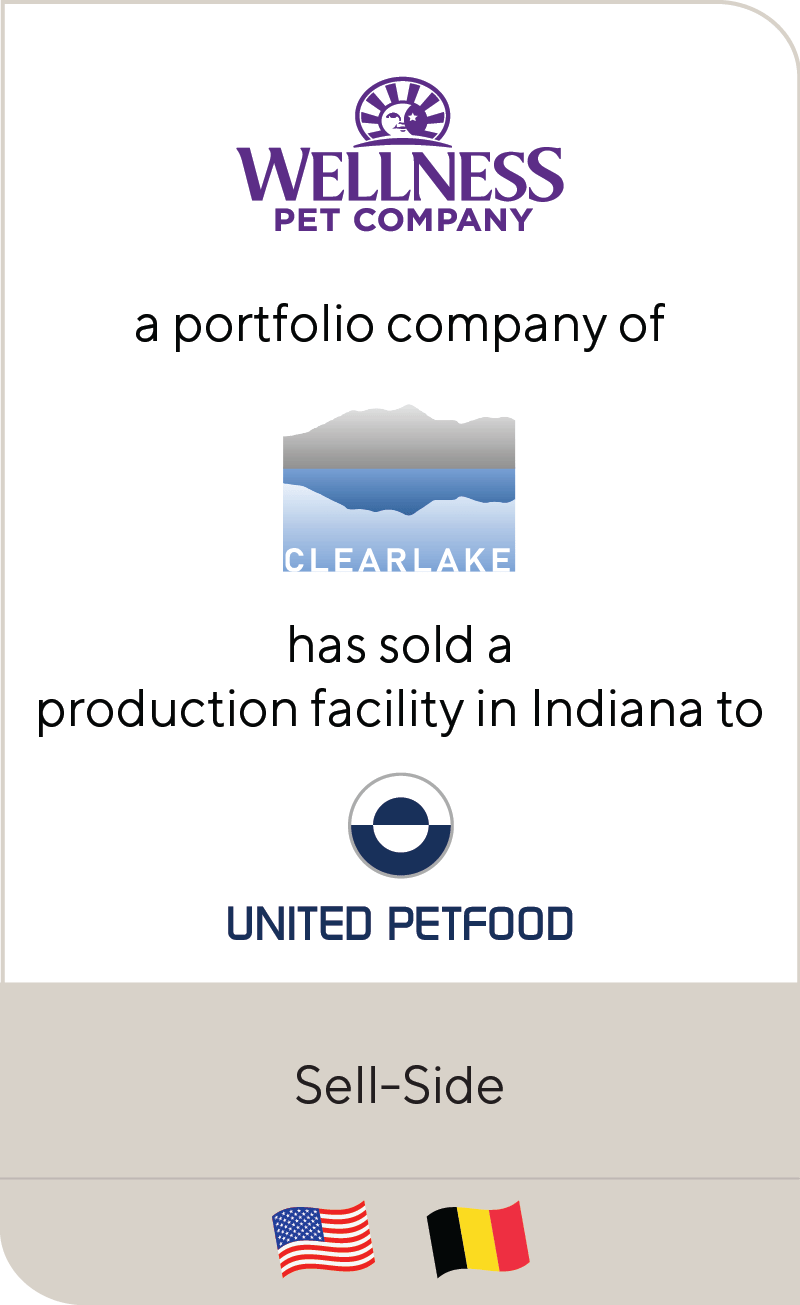Gaining Momentum: European M&A Outlook for H2 2023
Aug 2023
| The mergers and acquisitions (M&A) market will remain challenged throughout 2023 although dealmakers are learning to live with the uncertainty. In the last 12 months, private equity (PE) has been more cautious about deploying capital in current market conditions whilst private company deals have been a more prominent feature as the dynamics tend to differ.
That said, there are some signs that the European M&A market may see an uptick in activity for the second half of the year but the challenges facing the market will persist. Inflationary pressures, regulatory considerations delaying deal closes, cost of debt as well as the question over fundraising for PE will continue to impact deal flow. It’s more important than ever for investors and businesses to remain nimble and seize timely opportunities. By assessing recent market trends, the outlook ahead and some best practices to apply in these uncertain times, buyers and sellers can better evaluate the potential risks and opportunities. |
Summary
-
Lincoln International discusses recent European M&A market trends, the outlook ahead and some best practices to apply in these uncertain times for the remainder of 2023.
- Click here to download a printable version of this perspective.
- Sign up to receive Lincoln's perspectives
Overview of H1 Trends and State of the Market
Deal activity was down for the first half of the year in comparison to the previous period, with market conditions causing a major slowdown in large deals with a clear dip in multiples paid for businesses. As many PE funds focused on the health of existing portfolio companies, the volume of PE deals sank lower than the historical share of activity across Europe. That is due in part to a challenging exit environment and heightened limited partner scrutiny. Deal activity was more heavily weighted towards private company and corporate activity overall, which will likely continue during H2, although there are factors that are likely to push more PE deals to the fore.
A mini crisis in the U.S. banking sector also caused further uncertainty, but broader impacts were contained successfully.
Macro trends impacting the market
Inflationary pressures and rising interest rates coupled with recession risks in Europe, means there are still market factors creating caution amongst investors.
| Inflation
Structural inflation declined during H1—in large part due to energy prices coming down as Europe successfully managed to diversify its natural gas supply—but it has remained stubborn, leading to interest rate increases by the European Central Bank and Bank of England. Inflation will likely remain somewhat high relative to central bank targets during the months ahead, which will lead to probable additional rate hikes in the back half of the year. Across the Eurozone, the annual rate of inflation dipped from 5.5% in June to 5.3% in July, per Eurostat’s flash estimate. In the UK, the consumer prices index fell from 8.7% for the 12 months ending in May to 7.9% in June, and core inflation excluding housing costs declined from 7.1% in May to 6.9% in June, according to the Office for National Statistics. Rather than energy prices, the shortage of labor is now the primary factor for inflation across Europe. While the UK has a more flexible labor market overall than the EU, several items (i.e., air travel, recreational and cultural goods and services, second-hand cars, etc.) pushed consumer prices upward. Other factors (e.g., geopolitical instability, high food prices, etc.) have kept pressure on inflation as well. June even saw the inflation rate for Germany, Europe’s largest economy, rise slightly after three consecutive months of declines. However, inflation is trending downward across the continent overall after peaking in late 2022. While there is broad expectation of additional rate increases this year, investors and businesses are optimistic that we are nearing the top of the interest rate cycle. |
| Protectionism
Increasingly, more countries are taking a protectionist stance on M&A. Foreign direct investment (FDI) is affecting more transactions, and the length of time between signing and closing has increased as part of the regulatory process. FDI-related concerns affect deals in technology, defense and critical infrastructure. Cross-border deals and intra-European deals are also more likely to have the deal timeline impacted by regulatory issues. |
H2 M&A Outlook
Though market conditions remain challenging, investors are getting more comfortable with the uncertainty in the dealmaking environment and are under pressure to deploy capital. With fundraising appetite also growing, funds are assessing M&A deals in earnest to expand and grow market share.
Amid some of the challenges noted above, several factors contribute to the early improvement in the M&A market. For example, expected changes in taxation stemming from upcoming general elections in the UK have motivated many sellers, especially those in founder-owned businesses. PE fundraising cycles are also prompting general partners (GPs) to move forward with some deals. Many GPs need to show exits before they can raise new funds, which has forced a rethink of GPs’ strategies. There are also cases of funds coming to the end of their life but that still have one asset left to sell, looking for buyers.
There continues to be strong demand for quality assets. They still get premium valuations and see significant interest from various types of buyers. In particular, anything that can be considered impact investing or infrastructure is especially popular. In some cases, investors are still paying historically high multiples and going above market to get quality assets..
For private owners with businesses performing reasonably well, some are deciding to take the opportunity while the window is open, having gone through several major crises in the past few years. The expected increase in taxes is also driving a rush to close. There are other deal drivers across Europe that are more local and regional, which have helped push forward private company transactions and indicate a rise in M&A for H2 and beyond.
The market for corporate and private deals will likely remain similar, but the fund and institutional deal market will change. We expect to see a marked increase in the number of secondary deals over the coming 12 months. PE is feeling pressure to increase speed and catch up after a relatively slow past 12 months, so those funds will seek liquidity through secondaries and other transactions.
Lincoln International expects four key deal drivers for the remainder of 2023 and beyond:
- Digitalization and business transformation
- Regulatory changes and environmental, social and governance (ESG)
- Supply chain management and consumer behavior
- Infrastructure and energy
How to be prepared in the current market
There will be opportunities for strategics and PE to find strong assets at a reasonable valuation. However, the market is still not nearly as robust as it was in recent years. Buyers need to be calculated and entrepreneurial if they want to make successful deals. They should be mindful of potential risk while looking for opportunities and preparing to strike a deal when the moment is right.
Debt will be one of the most important factors for any deal in H2—and it will come at a premium. For anyone considering a sale, it’s best to be properly prepared and understand the available options in the debt markets.
Companies looking to make M&A deals in the second half of 2023 should ensure they take the following steps to pave the way for a transaction and growth:
| Come in Properly Financed: In this market, investors will walk away from deals that lack proper financing. Make sure you assess your options for financing to unlock opportunities.
Do your Research: Develop an in-depth understanding of the market, sector and specific companies you are considering acquiring. Pay particular attention to the quality of management teams, which are a key to success in uncertain market conditions. Prepare to Negotiate: Don’t expect to get everything you want in a deal. Be prepared to negotiate and compromise. Understand which elements are essential and which are not. Seek Sound Advice: Hiring an experienced M&A advisor, such as Lincoln, can help you navigate the intricacies of the market and specific industries to better understand value and potential options so you can make the best deal possible. Including a debt advisor will further increase the chance of success. |
Looking Beyond 2023The future is looking brighter for dealmaking in Europe, and M&A activity should continue to get stronger as the year goes on, regardless of broader economic headwinds. Inflation will remain a factor because improvements and rate increases take time to process through the financial system, but it’s already eased significantly since late 2022 highs. PE will still feel pressure to fundraise and close current funds, which will drive further activity, and private owners and corporates continue to see opportunities. Businesses that prepare their financing and build a thorough understanding of their deal environment will be ready to act upon their growth strategy. |
Contributor
Meet Professionals with Complementary Expertise in Europe

I am enthusiastic about creating sustainable growth and the highest value for our clients and strive to leave a positive footprint beyond any successful M&A transaction.
Friedrich Bieselt
Managing Director & European Head of Business Services
Frankfurt
I enjoy leading clients and realizing their objectives, while structuring solutions to issues that are both intriguing and challenging.
Øyvind Bjordal
Managing Director | Head of Switzerland
Zurich
I deliver a hands-on approach to provide strategic advice to my clients throughout the transaction and beyond.
Chris Brooks
Managing Director & European Co-head of TMT
London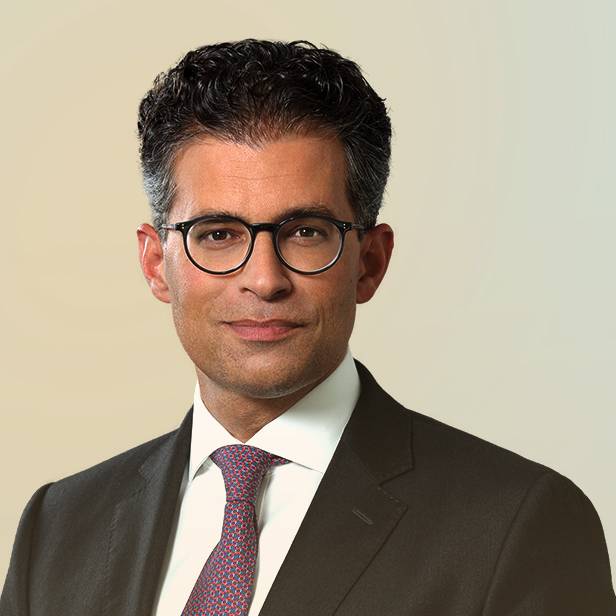
It’s an exciting time to advise clients in the consumer sector. Major changes in consumer preferences and how products are purchased create a rich environment for business owners and investors to succeed.
Dirk Damegger
Managing Director & European Co-head of Consumer
FrankfurtRelated Perspectives in M&A

Packaging Quarterly Review Q2 2024
Over the last several years, the packaging industry has undergone significant transformations driven by rapid advancements in technology. From the introduction of innovative materials and sustainable practices to automation and… Read More

Investors in Healthcare | Q&A with Lincoln Professionals
Originally posted by Investors in Healthcare on July 25, 2024. Lincoln International, the U.S.-headquartered global investment banking advisor, is a well-known name in the European healthcare markets, providing advice to… Read More

Industrials Strength: Acceleration in Global Industrials M&A
Lincoln Industrials closed 28 transactions globally thus far in 2024. Across our industrials offering – from aerospace and defense to mobility, engineered components to building products, and infrastructure to specialty… Read More

Lincoln International adds TJ Monico as Managing Director
Lincoln International, a global investment banking advisory firm, is pleased to announce that TJ Monico has joined as a Managing Director to help lead the firm’s distribution practice. TJ has more than… Read More




